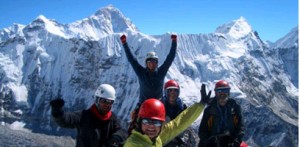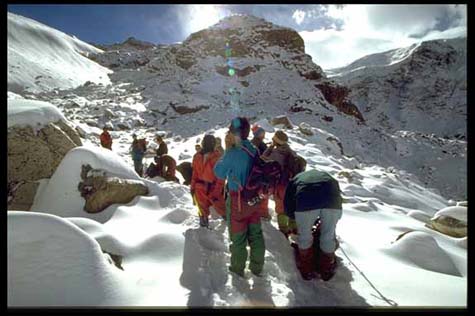Peak Climbing
Peak climbing in Nepal offers adventurers the chance to conquer some of the world’s most iconic and challenging mountains. From beginner-friendly peaks like Island Peak and Mera Peak to more technical climbs like Lobuche East, Nepal’s diverse peaks provide thrilling experiences set against stunning Himalayan backdrops. Guided by expert mountaineers, climbers can enjoy safe, well-supported expeditions through breathtaking landscapes, rich cultural encounters, and the ultimate sense of achievement atop Nepal’s majestic summits.


